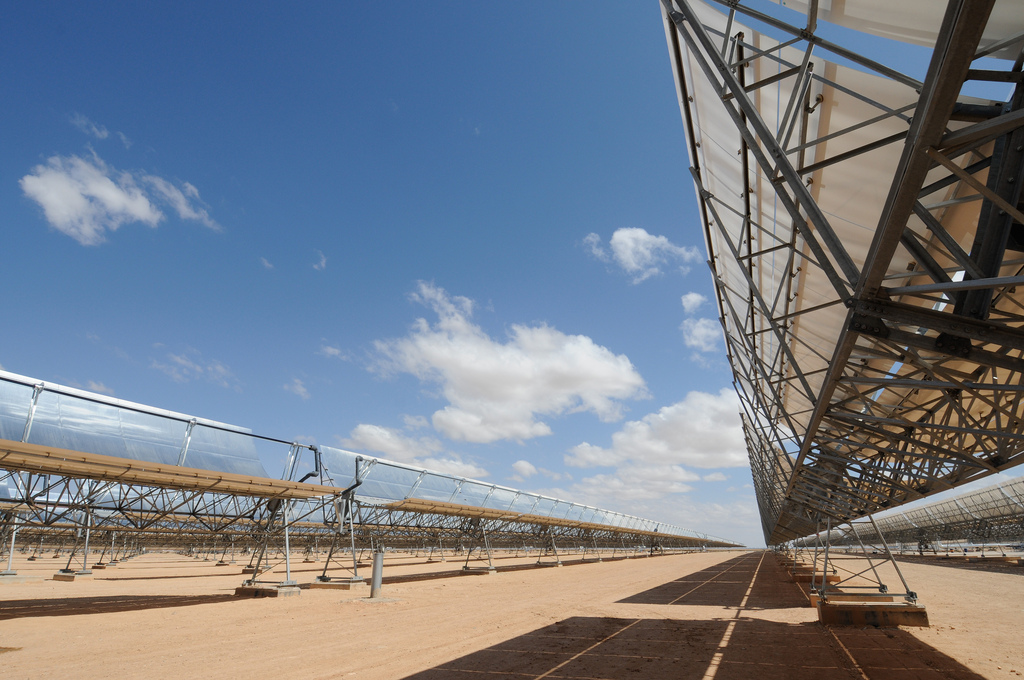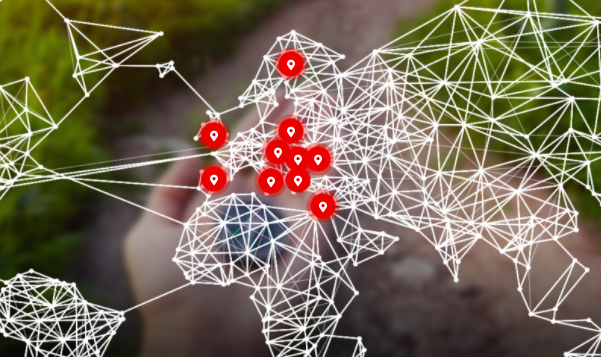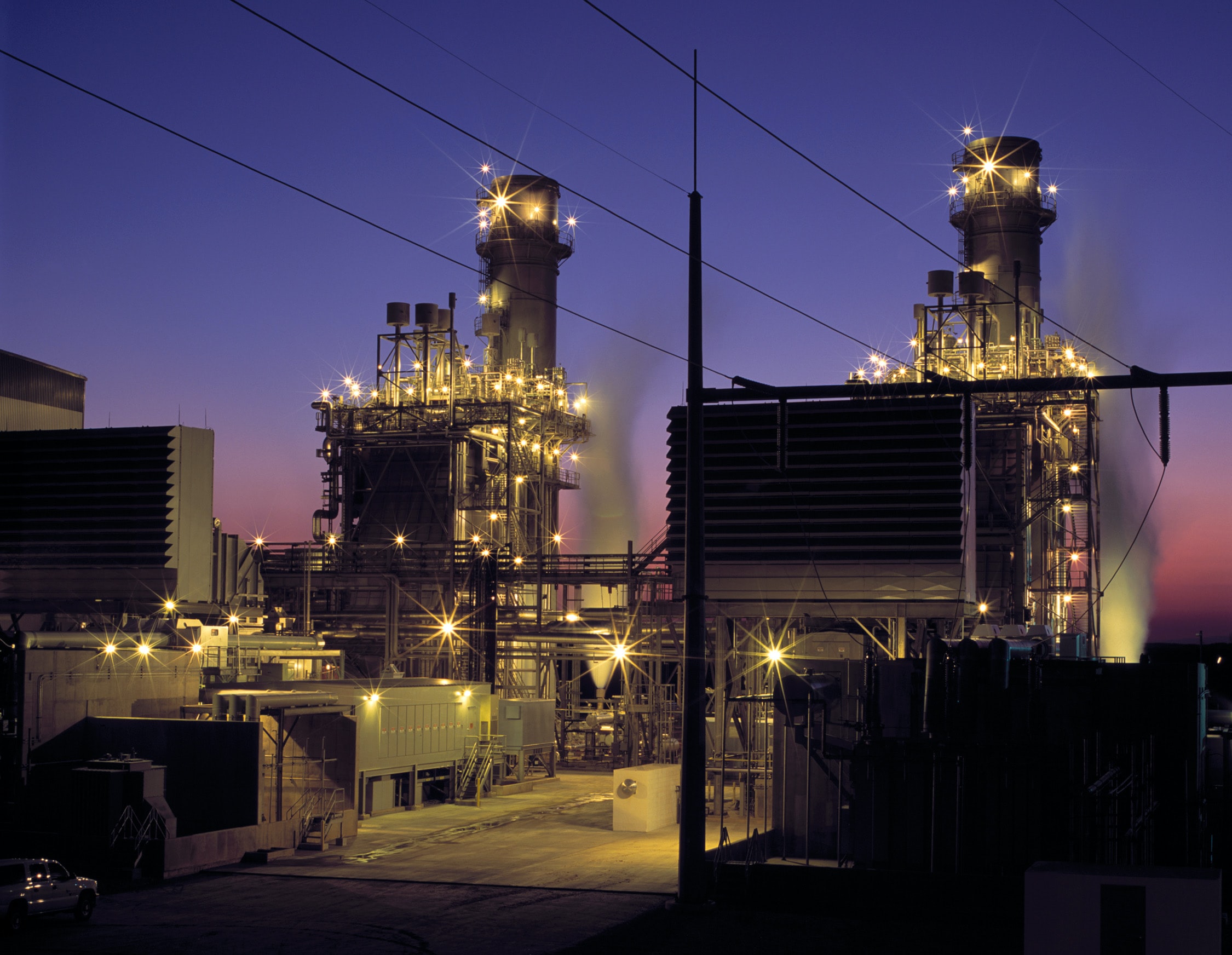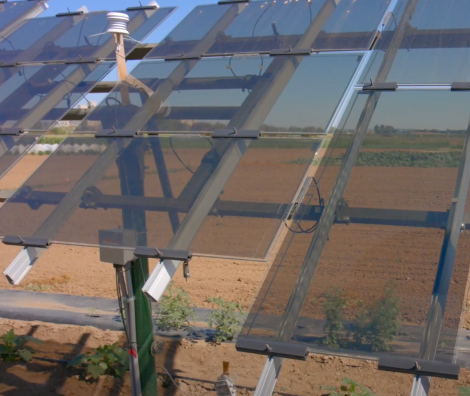
If there was ever a more appropriate place to find unlimited amounts of sunlight, the Sahara Desert would be high on the list.
King Mohammed VI of Morocco, last week launched the first phase of the enormous ‘Noor 1’ solar power plant just outside the ancient city of Ouarzazate, which will become the world’s largest solar power plant once completed in 2018.
The project will directly assist the local communities of the Ouarzazate region, which is one of the most disadvantaged areas in Morocco.
Migration to the cities for locals is hoped to be reduced in an attempt to grow the area economically, with the solar power plant predicted to play a huge role in increasing employment in the area.
The plant will supply 160 megawatts of the projected 580 megawatt target to around 650,000 local residents for around three hours every afternoon.
Upon completion the solar panels will provide energy to 1.1 million of Morocco’s 33 million person population, and will be the geographical size of the country’s capital, Rabat.
Morocco is strategically entering the solar power market at a time when renewable energy is a booming industry set to grow even further in years to come.
The project will not only meet the energy needs of a significant percentage of the population, but will slash the country’s greenhouse gas emissions by hundreds of thousands of tons per year.
A Saudi-led company was responsible for building the project, which was funded by a number of large global entities including the World Bank and the African Development Bank – who are just some of the renewable, wind and solar energy companies progressing Africa’s participation in the area
Morocco’s growing solar energy sector is hoped to bring the north African nation significant economic growth, which is greatly needed in the natural resource poor nation.
“The solar plant underlines the country’s determination to reduce dependence on fossil fuels, use more renewable energy, and towards low carbon development” said a statement from the ‘Noor 1’ project.
Morocco currently relies on fossil fuels imports for 97 per cent of its energy needs, making the government’s goal to reach 42 per cent renewable energy by 2020 as much a logical environmental decision as it is a financial one.
The Power of Solar Energy
The solar power station will collect heat from the strong sunlight of the Sahara Desert, using 500,000 mirrors installed across an area the size of 60 soccer fields. This heat is then converted to energy on a large scale by the power plant in order to be distributed to households in the area.
The difference between a solar power installation the size of ‘Noor 1’ and widespread building mounted solar power systems, is that the solar plant serves a similar purpose to a traditional electricity utility by feeding energy into the nation’s grid as would fossil fuel generated electricity.
The benefit of large-scale solar plants is that they use slightly different technology to regular household solar power. Solar power plants are able to use molten salt as a heat transfer fluid and energy storage mechanism; this process allows the generation of electricity after the sun goes down – reducing the need for solar storage technology.
The size, cost and geographical criteria for required for such projects, however, is the answer to why there aren’t more solar power plant like ‘Noor 1’ emerging around the world. That said, for nations with high levels of sunlight and lower levels of other valuable commodities, the potential a strong solar industry offers for a nation’s economy is high.
Photo: World Bank Photo Collection





[…] king of Morocco officially launched the first phase of the world’s largest concentrated solar power plant, the Noor Complex. When finished, the […]